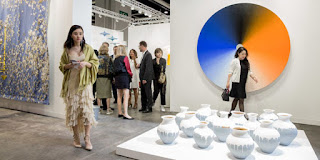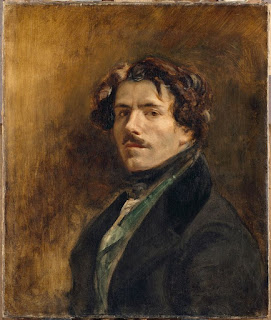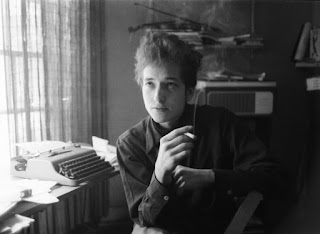Poisoned Tongues and Chicken Feet: My Sojourn to China’s Rising Kingdom of Contemporary Art
Our dealer-scribe ferrets out the news to be had in the Far East.
As an art lifer, I’ve begun to measure the remainder of my days by how many Art Basel fairs I’ve left to attend. The fifth iteration of Art Basel Hong Kong (or 10th if you include pre-Basel ownership)—together with Beijing’s first Art Gallery Weekend—brought me to China this time around. For the art world, China and the region represents a new constituency with a voracious, unparalleled curiosity and hunger to learn. The military may run the biggest auction house, Poly, but who’s to judge considering what’s happening in the rest of the world? China was recently defined as constituting 20 percent of the art market in the Art Basel and UBS Global Art Market Report by Clare McAndrew (poached from the Maastricht fair) versus 21 percent for the UK and 40 percent for the United States. So, off I went with no clear plans and fewer invitations.
The Song dynasty, from 960 to 1279, was the first government to nationally employ the use of paper money, and begat a blossoming in the support and celebration of the arts. Emperor Huizong (1082-1135) was better known for his poetry and painting prowess than his governing capability, and during his lifetime he accumulated a collection catalogued at 6,000 works. He was the proto-Mera Rubell of the Song. One imagines that if Trump picked up a brush he’d be a more sympathetic character, too; it didn’t do any harm to George W. Bush, now the subject of a best-selling book and an exhibition of his paintings.
|
Delacroix at the Louvre - 2018
Is this the most important exhibition of 2018? Take a look at the impressive retrospective of Delacroix at the Louvre The show contains some of the painter's most famous and most outrageous works. "The genius of Delacroix is not debatable, it is not demonstrable, it is something that you feel," wrote the French writer Alexandre Dumas.




Comments
Post a Comment
Thank you for your response
Kind regards Pierre